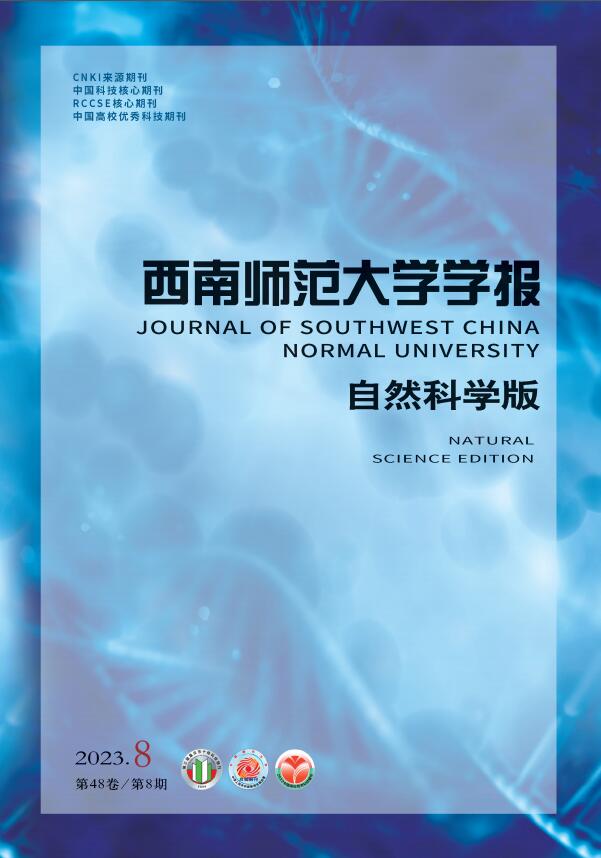YU-Yan, ZHANG Zi-li. Cognitive Diagnosis Based on Estimated Class Centers and Generalized Distance[J]. Journal of Southwest China Normal University(Natural Science Edition), 2018, 43(5): 37-41. doi: 10.13718/j.cnki.xsxb.2018.05.007
| Citation: |
YU-Yan, ZHANG Zi-li. Cognitive Diagnosis Based on Estimated Class Centers and Generalized Distance[J]. Journal of Southwest China Normal University(Natural Science Edition), 2018, 43(5): 37-41. doi: 10.13718/j.cnki.xsxb.2018.05.007
|
Cognitive Diagnosis Based on Estimated Class Centers and Generalized Distance
More Information
-
Received Date:
19/12/2017
-
-
Abstract
Cognitive diagnosis could diagnose whether students master or not for each attribute, and organize individual teaching according to diagnosed results to improve the quality of teaching. Combining item response theory and similarity measure, a cognitive diagnosis method based on estimated class centers and generalized distance has been proposed to improve diagnostic accuracy. Simulation studies show that in most cases, the accuracy of this method is higher. The improvement of diagnostic accuracy can promote the development of individual teaching and has important practical significance for the improvement of teaching quality.
-

-
References
|
[1]
|
鲍孟颖.运用DINA模型对5年级学生数学应用题问题解决进行认知诊断[D].上海;华东师范大学,2014.
Google Scholar
|
|
[2]
|
TATSUOKA K K.Rule Space:An Approach for Dealing with Misconceptions Based on Item Response Theory[J].Journal of Educational Measurement,1983,20(4):345-354.
Google Scholar
|
|
[3]
|
LEIGHTON J P,GIERL M J,HUNKA S M.The Attribute Hierarchy Method for Cognitive Assessment:A Variation on Tatsuoka's Rule-Space Approach[J].Journal of Educational Measurement,2004,41(3):205-237.
Google Scholar
|
|
[4]
|
祝玉芳,邓丽萍,周世科,等.用规则空间模型和属性层次方法进行认知诊断[J].计算机时代,2008,(6):1-3.
Google Scholar
|
|
[5]
|
GIERL M J,CUI Y,HUNKA S.Using Connectionist Models to Evaluate Examinees' Response Patterns to Achievement Tests[J].Journal of Modern Applied Statistical Methods,2008,7(1):234-245.
Google Scholar
|
|
[6]
|
涂冬波,蔡艳,丁树良.认知诊断理论、方法与应用[M].北京:北京师范大学出版社,2012.
Google Scholar
|
|
[7]
|
KIM S H.BILOG 3 for Windows:Item Analysis and Test Scoring with Binary Logistic Models[J].Applied Psychological Measurement,1997,21(4):371-376.
Google Scholar
|
|
[8]
|
FISCHER G H.The Linear Logistic Test Model as An Instrument in Educational Research[J].Acta Psychologica,1973,37(6):359-374.
Google Scholar
|
|
[9]
|
丁树良,毛萌萌,汪文义,等.教育认知诊断测验与认知模型一致性的评估[J].心理学报,2012,44(11):1535-1546.
Google Scholar
|
-
-
Access History

-






 DownLoad:
DownLoad: